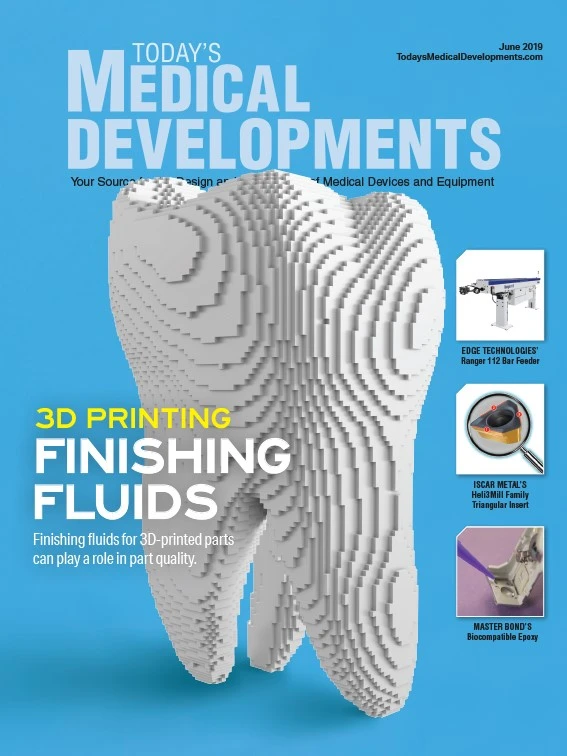
“When do I start thinking about an exit?” is a common question for businesses from pre-revenue organizations to well-established medtech manufacturers.
The most successful companies understand that the best outcomes result when the entrepreneurs begin with the end in mind. For a young company, it’s never too early to start thinking about an exit – even before your first email is sent using your company name.
For an established mid-market business, you may be thinking about selling upon retirement. Even if that is 10-to-20 years away, it’s still not too early to think about the foundational pillars of your business that will lead to a successful outcome.
This doesn’t mean selling at any particular stage, simply plan the company’s future based on your vision of success. That could be a long-term, family run enterprise, an initial public offering (IPO), a mergers & acquisition (M&A) transaction, or a buyout at certain stages of development.
Unless unforeseen circumstances dictate, it’s up to you (and perhaps your investors and/or board) to decide when to sell.
Plan for what type of company to build for each stage of its success. And, if exit enters into the conversation at each stage, has the organization done everything possible to ensure a positive outcome?
For the established business you cannot control the external economic circumstances that may surround your eventual exit, but you can control fundamentals of your company’s success. Key pillars include:
Market opportunities – What are the sizes and growth rate of your market segments?
Growth – Are you growing above the industry average for your segment?
Competitive advantage – Have you established a unique selling proposition?
Employees – Can the business run without its current CEO/leadership?
Suppliers – Are suppliers reliable business growth partners?
Operational – Are margins good, consistently improving?
Human resource – Do you have engaged employees as stakeholders?
Investors – Are they manageable and can they make decisions without much complexity?
Customers – Do you have a diverse customer base, or are you reliant on a few customers?
Early stage companies cannot control future external forces but can impact viability by considering how you’ve built (are building) a scalable model that has de-risked as many issues as possible including:
Intellectual property (IP) – Patents help, but do you have freedom to operate?
Clinical unmet need – Does your solution meet a clinical unmet need?
Usability – Have you proven clinicians, practitioners will adopt your solution?
Economic evidence – Is there an economically clear pathway for successful technology adoption?
Whether you are an established medtech entity or early-stage developing organization, may you be optimizing your future value every day.
MedWorld Advisors
www.medworldadvisors.com

Explore the June 2019 Issue
Check out more from this issue and find your next story to read.
Latest from Today's Medical Developments
- Pioneering battery-free cardiac implants
- KBC Tools & Machinery marks its 60th anniversary, Founder’s Day
- Address the challenges of machining high-temperature aerospace components
- Elevate your manufacturing operations with April’s Manufacturing Lunch + Learn
- AdvaMed statement on tariff announcement
- Collets – Not all are created equal
- ENGEL expands production capacities in the Americas; new plant opened in Mexico
- MFI brings fast, high-polishing additive parts finishing to Rapid + TCT 2025






